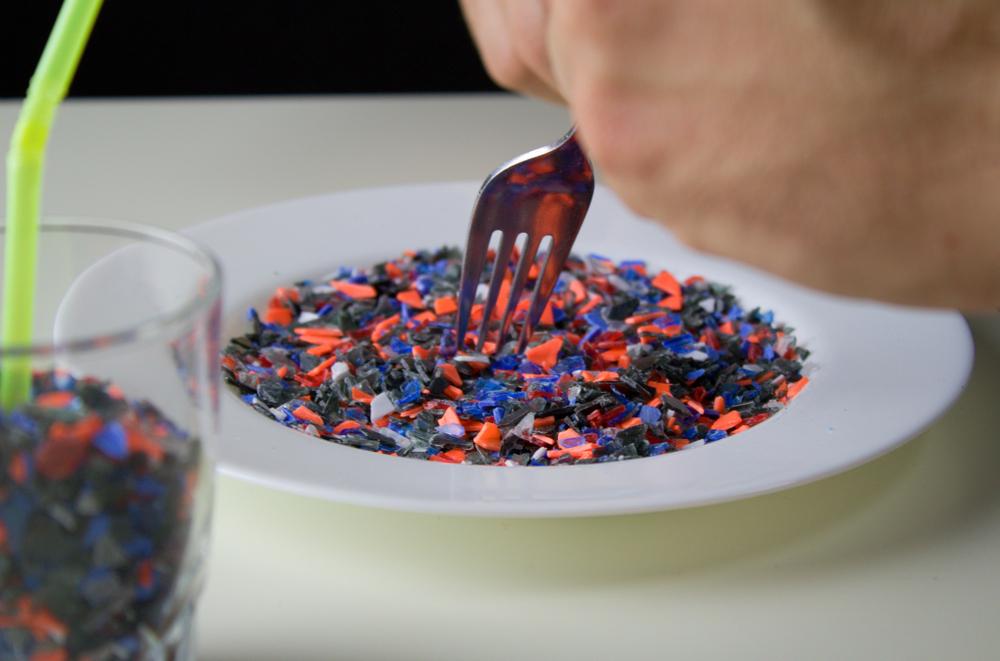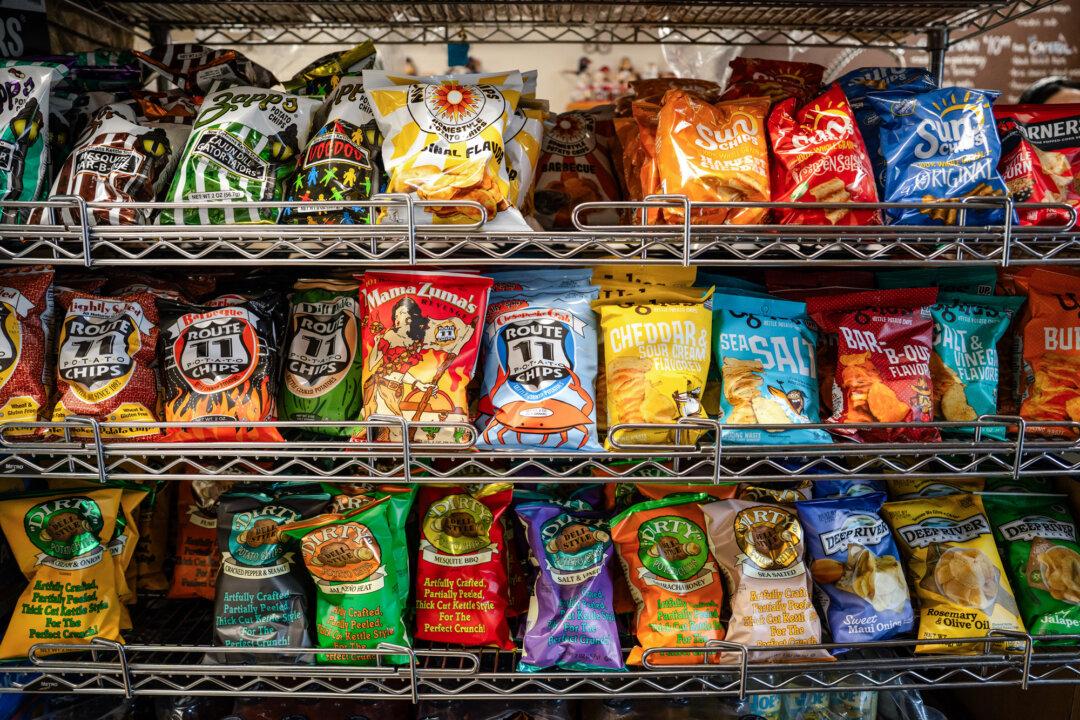Commentary
For the first time, researchers have attempted to put a price on plastic’s effects on our health. And it’s quite a price. According to a new study published in the Journal of the Endocrine Society, illnesses caused by plastic chemicals cost the U.S. health care system at least $249 billion each year, or 1.2 percent of the country’s gross domestic product (GDP).





